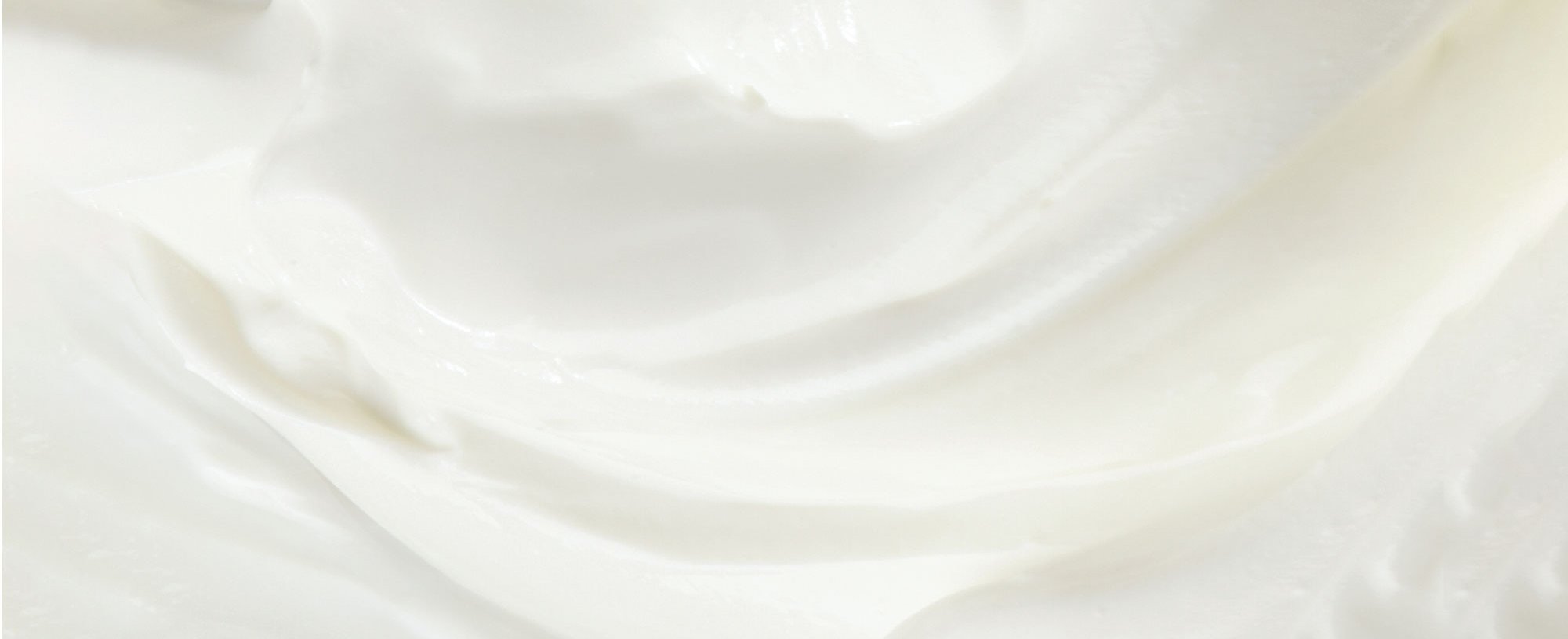From retinol to glycolic acid to lactic acid and everything in between, there’s no shortage of potent skin care ingredients on the market. But have you heard of kojic acid? It turns out that this recently trending skin care ingredient offers a couple of major skin benefits, but it also comes from an unexpected source. Keep reading to learn all about kojic acid, including where it comes from, what it is, and why people are using kojic acid soaps. Here’s a hint: If you have sun damage or dark spots, you’ll definitely want to take notes.
WHAT IS KOJIC ACID?
First, let’s establish what exactly kojic acid is. According to the Cleveland Clinic, kojic acid is derived from a fungus and was discovered in 1989. Kojic acid can also be a byproduct of the fermentation of certain foods, including soy sauce and sake, according to the Journal of Biomedicine & Pharmacotherapy. Its primary use in skin care and food preservation is as a lightening agent—yes, it’s also used to prevent the browning of certain foods, including miso and sake, per research from the National Center for Biotechnology Information (NCBI). According, to the Cleveland Clinic and NCBI research, kojic acid has a similar lightening effect on the skin as hydroquinone. However, further research on the ingredient is needed to ensure its benefits.
Thanks to the aforementioned benefits, you may find kojic acid in soaps, skin serums, and moisturizers that are designed to help fade the appearance of sun spots, dark spots, and even scars. According to the American Academy of Dermatology (AAD), concentrations of kojic acid in cosmetic products will range from one to four percent and can be combined with other skin-lightening agents or used alone.
DOES KOJIC ACID HELP HYPERPIGMENTATION?
Hyperpigmentation is a darkening of the skin due to an increase in melanin, and it’s one of the most common skin disorders—although also very tough to treat, according to the AAD. Some clinical studies have shown that kojic acid has promise when it comes to visibly lightening the appearance of skin.
Beyond helping with isolated incidents of visible hyperpigmentation on skin’s surface, kojic acid may also help address the appearance of dark spots and age spots, but in a roundabout way. What do we mean? Well, according to the NCBI, kojic acid functions as an antioxidant in cosmetics products. Quick refresher on the importance of antioxidants in skin care: Our skin encounters daily stressors, from UV rays to pollution, and these stressors cause it to produce free radicals. These free radicals can make the skin barrier break down over time, leading to the appearance of fine lines and wrinkles and potentially hyperpigmentation. Antioxidants, however, may help skin’s surface fight off free radicals and their potentially damaging effects.
WHAT ELSE CAN YOU DO FOR HYPERPIGMENTATION?
Keep reading to learn about three other options you may want to look into adding to your skin care routine to help address the appearance of isolated incidents of hyperpigmentation.
1. GET A CHEMICAL PEEL
Per the AAD, individuals experiencing hyperpigmentation could benefit from a chemical peel treatment. Chemical peels are in-office treatments performed by a dermatologist that include higher concentrations of active ingredients than those available over the counter. According to the AAD, it’s because the peels are so highly concentrated that the ingredients are able to better penetrate the skin and reach the deeper, affected pigment. Common ingredients for professional chemicals peels often include salicylic acid, lactic acid, and tretinoin. You can also experience the best of both worlds with a chemical peel that has kojic acid as the active ingredient. For this type of treatment, regardless of the active(s) being used, make sure to visit a board-certified dermatologist.
2. TRY A TOPICAL RETINOID
In case you’re unfamiliar, retinol is considered by many to be the gold standard ingredient for skin’s appearance, including skin tone and texture. The AAD notes that when it comes to dark spots caused by early sun damage, dermatologists often recommend retinol. To learn more about how to incorporate retinol safely and effectively into your skin care routine, read our article, How Do Retinol and Other Retinoids Work?
3. ALWAYS WEAR SUNSCREEN
If you have a darker skin tone, you might think that you don’t need to wear sunscreen as often as those with fair complexions—but you’d be wrong. This is especially true for those who experience hyperpigmentation. Your best bet is to use a mineral-based sunscreen, which the AAD states will provide the highest level of protection without causing irritation.
Next: What Are Ceramides?







